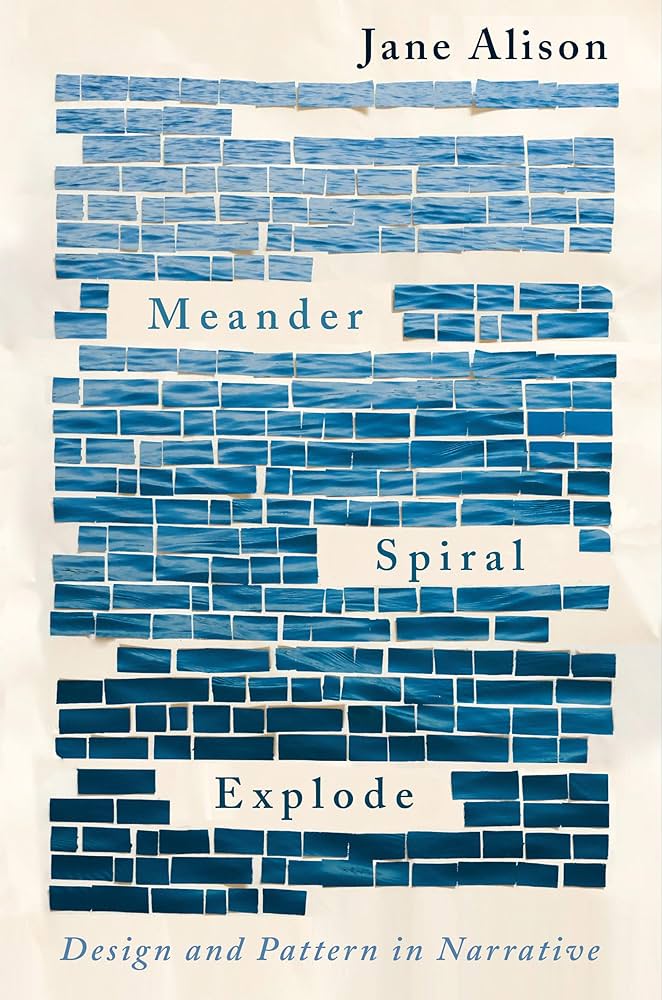Craft Book Recommendation (for your New Year’s resolution to begin a novel)
If you, like me, started off the year with ambitions to have a book drafted by spring, you are probably, like me, already struggling with procrastination. But, as I like to stress, not all procrastination is created equal. Some pitfalls are obvious and really lead nowhere: doomscrolling, online puzzles, personality quizzes, the latest predictable or oddly unpredictable cultural scandal. These are all things I fall victim to. Then there’s grey-area stuff: weird internet rabbit holes, looping conversations, eavesdropping on the couple fighting at the table next to me in the café where I’ve gone to write. This stuff is procrastination, but also fuel: you don’t write in a vacuum, and the world offers material at every turn. When you get stuck, stuff like this unsticks you, often unexpectedly.
And then there’s craft books, which really are a grey area. I have writer friends who spend more time reading advice on how to write than they spend actually writing (though, to be fair, most of them teach, so they need to keep up). Too much advice, even good advice, can be stifling. If you know why, or how, something is done, you might find the mysterious tension that causes you to want to do it has evaporated.
And yet:
Meander, Spiral, Explode: design and pattern in narrative by Jane Alison

You’ve probably seen, and even copied, some kind of chart or graph showing narrative actions: rising tension, climax, resolution, and so forth? Aristotle and his unities? Action/Background/Development/Conflict/Ending? Maybe you’ve even read Ursula K. LeGuin’s short essay on the carrier bag theory of fiction, which is a very funny (if a bit broad) refutation of the idea of action or climax and how we are to approach storytelling (or, for that matter, history).
This book dissects how we view the action of a story and, without dismissing traditional/conventional models, adds to them by looking at patterns in nature and then discussing works of literature that employ different patterns than the usual “rising action,” which I cut my teeth on, especially as a playwright. She looks at the more common structure, which she calls “wave form,” which exists in nature as a wave on a beach: gathering, rising, cresting, breaking. Then, rather than dismissing this, she adds to it: the meander (a goat cropping grass, what urban planners call desire lines, meaning paths worn by feet rather than built), the spiral (think of a shell pushing upwards, but repeating the same pattern over and over), the explosion (as in the petals of a flower pushing out from the centre, or the sun’s rays). These, equally, exist in nature, and her argument is that they exist in literature as well.
You probably don’t have time for this book right now. But file the title for later. You might need it.
The late Seamus Heaney, in a long interview, talks about permission: the awareness of literary forbears who allowed him to open his understanding, his definition of what a poem was, what it did, why. This book gives permission. To think of writing as a fractal rather than a series of steps, or as ripples, or rays.
Good luck with the resolutions.

